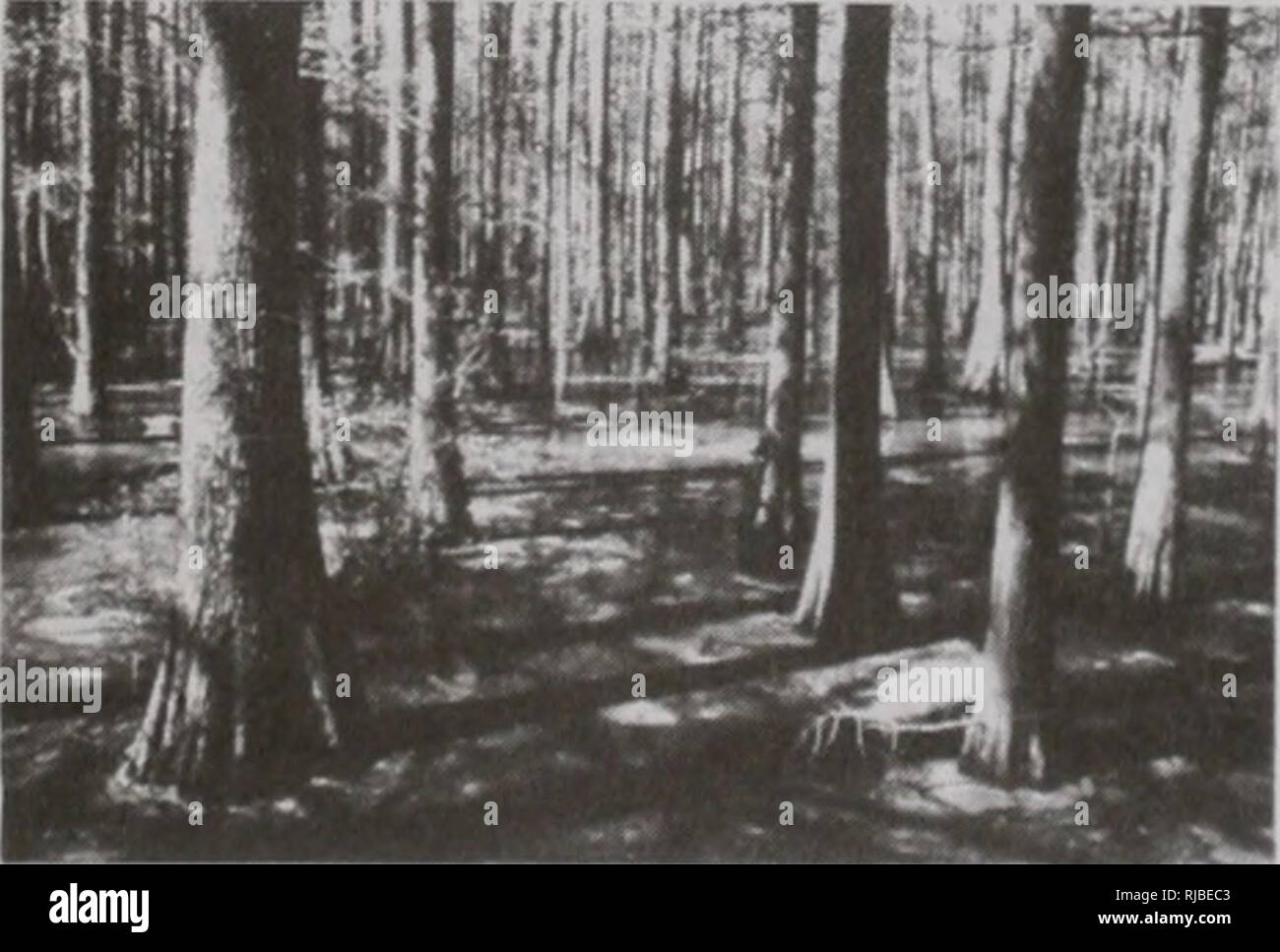. The changing Illinois environment : critical trends : technical report of the Critical Trends Assessment Project. Man; Pollution; Environmental protection; Ecology; Environmental impact analysis. WETLANDS Although it is difficult to assign a dollar value to the human experience and enjoyment of a day afield, the economic benefits of wetlands used as aesthetic retreats and for nature study are likely comparable to those derived from commercial uses of wetlands (Feierabend andZelazny 1987). DESCRIPTION AND CLASSIFICATION OF WETLANDS Wetlands can be classified into a variety of forms, each with

Image details
Contributor:
Library Book Collection / Alamy Stock PhotoImage ID:
RJBEC3File size:
7.2 MB (253.1 KB Compressed download)Releases:
Model - no | Property - noDo I need a release?Dimensions:
1924 x 1299 px | 32.6 x 22 cm | 12.8 x 8.7 inches | 150dpiMore information:
This image is a public domain image, which means either that copyright has expired in the image or the copyright holder has waived their copyright. Alamy charges you a fee for access to the high resolution copy of the image.
This image could have imperfections as it’s either historical or reportage.
. The changing Illinois environment : critical trends : technical report of the Critical Trends Assessment Project. Man; Pollution; Environmental protection; Ecology; Environmental impact analysis. WETLANDS Although it is difficult to assign a dollar value to the human experience and enjoyment of a day afield, the economic benefits of wetlands used as aesthetic retreats and for nature study are likely comparable to those derived from commercial uses of wetlands (Feierabend andZelazny 1987). DESCRIPTION AND CLASSIFICATION OF WETLANDS Wetlands can be classified into a variety of forms, each with its own special profile. Swamps (Figure 2) and marshes are perhaps the most familiar. Illinois alone has many different wetland habitats that vary in climate, water supply, soil type, and plant and animal residents. Wetlands range from those in which the soil is saturated for at least part of the year to those with permanently standing water, from wetlands associated with the seasonal changes that occur along a river to those that were formed directly or indirectly by the action of ancient glaciers, from wetlands characterized by organic soils (soils made primarily from decayed plants) to those in which inorganic (mineral) soils predominate, and from grassy wetlands to those that are forested. No two wetlands are alike, and each is an important ecosystem with influence far beyond its perimeters. In much of the Midwest, wetlands were formed either by the action of glaciers or by rivers. During the last Ice Age, before the retreat of Wisconsinan glaciation about 15, 000 years ago, large blocks of ice remnant from the main glacier body melted and formed lakes. In other areas, glaciers merely scooped out shallow depressions that allowed water to accumulate as the ice retreated. Glacial melt-water torrents such as the Kankakee Torrent deposited deep sands locally in the major river valleys in the northern half of Illinois, and these sand deposits support distinctive wetlands. Wetlan